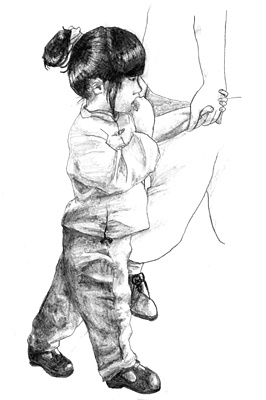All Nonfiction
- Bullying
- Books
- Academic
- Author Interviews
- Celebrity interviews
- College Articles
- College Essays
- Educator of the Year
- Heroes
- Interviews
- Memoir
- Personal Experience
- Sports
- Travel & Culture
All Opinions
- Bullying
- Current Events / Politics
- Discrimination
- Drugs / Alcohol / Smoking
- Entertainment / Celebrities
- Environment
- Love / Relationships
- Movies / Music / TV
- Pop Culture / Trends
- School / College
- Social Issues / Civics
- Spirituality / Religion
- Sports / Hobbies
All Hot Topics
- Bullying
- Community Service
- Environment
- Health
- Letters to the Editor
- Pride & Prejudice
- What Matters
- Back
Summer Guide
- Program Links
- Program Reviews
- Back
College Guide
- College Links
- College Reviews
- College Essays
- College Articles
- Back
Child Obesity
In today’s society, people all around the world face many different problems. These problems vary from social, political, and economical. One major social problem Americans face involving our health is childhood obesity. Childhood obesity is very prevalent in the United States. In fact, American children are ranked the fifth most overweight in the world. Recent data has proven that 30% of both boys and girls in the United States weigh more than they should. It is said that almost half of all children’s type two diabetes are connected with obesity. This shows that being obese at such a young age affects your health in the long run. Along with getting diabetes, the obesity also results in reduced life expectancy. Childhood obesity can arise in many different ways. It can stem from poor choices both at home and at school affect obesity. Increase in electronic devices including video games and smart phones contributes to less exercise at home. In many school environments, children are fed unhealthy food options. The common childhood favorite of chicken tenders and fries is served to many children every day. Also, things like an excessive variety of snacks, vending machines, soft drinks, and desserts contribute to this unhealthy eating lifestyle. These bad choices in school meal plans are damaging children’s health due to the fact that they are spending five days a week at school. When presented with these many delicious options, it makes it very hard on the child to abstain from eating it. In addition to the unhealthy food options, the lack of exercise in school is causing this as well. Grammar school students are given a recess; however, it is nowhere near the necessary amount of exercise a child should get. On the contrary, high school students are not even offered a recess. Along with a short amount of recess or none, the physical education provided is still not qualifying for a substantial amount of exercise to slow down the increase in childhood obesity.
Although child obesity has many problems in the school environment, there are a wide variety of solutions that can help with this problem. One solution to help with this problem would be to offer both a more healthy lunch option. Another solution is to also get the students more active through physical education. Providing a more healthy option could decrease this issue enormously. Along with healthier food options, a more effective physical education could aid in this as well. Taking the time and effort to make physical education more prominent would be very effective. Each child would then be able to receive a proper amount of exercise each day. Also, promoting and encouraging the school’s sports teams could help get kids more and more involved. All of these solutions could benefit this global issue.
In conclusion, there are many different reasons child obesity can occur. Even though this is such a big issue in the world, there are still solutions for it. Places like at home and at school are both examples where child obesity begins. At home things like electronics can cause children to have no physical exercise. At school, it is the lunches and the lack physical education. Mainly, school is playing a part in child obesity due to the fact that the child is there five days out of the week. Unhealthy choices of lunches are made by these children facing this problem. With the many solutions for these problems, we as a country can help stop the problem. The solutions of healthier food options and more physical education, will aid in the lowering of childhood obesity percentages. If American’s can do these things, we will eventually see a difference in children everywhere. Not only can these solutions help now, but they can benefit the many generations after us. Even though American kids are ranked fifth most overweight in the world, there are still so many ways we can combat this worldwide issue today.

Similar Articles
JOIN THE DISCUSSION
This article has 0 comments.
